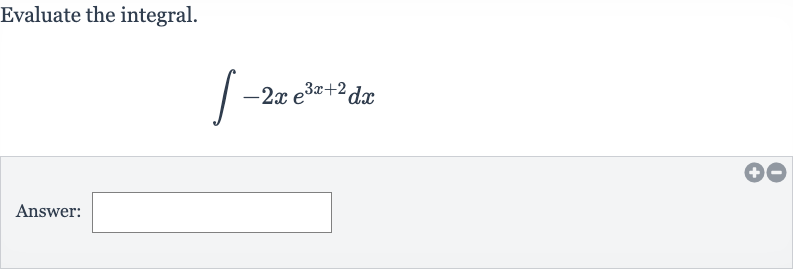AI tutor
Full solution
Q. Evaluate the integral.Answer:
- Identify Integral: Let's start by identifying the integral we need to evaluate:We can use integration by parts, which states that , where and are parts of the integrand we choose to differentiate and integrate, respectively.Let's choose (which will be differentiated) and (which will be integrated).
- Choose and : Differentiate with respect to to find :
- Differentiate : Integrate with respect to to find :
To integrate , we need to use the substitution method. Let , then , .
Substitute back : - Integrate dv: Now apply the integration by parts formula:
- Apply Integration by Parts: We have already found the integral of when we calculated , so we can use that result:
- Use Result for Integral: Combine the terms with the common factor :
- Combine Terms: Simplify the expression inside the parentheses:
- Simplify Expression: Factor out the common factor of :

